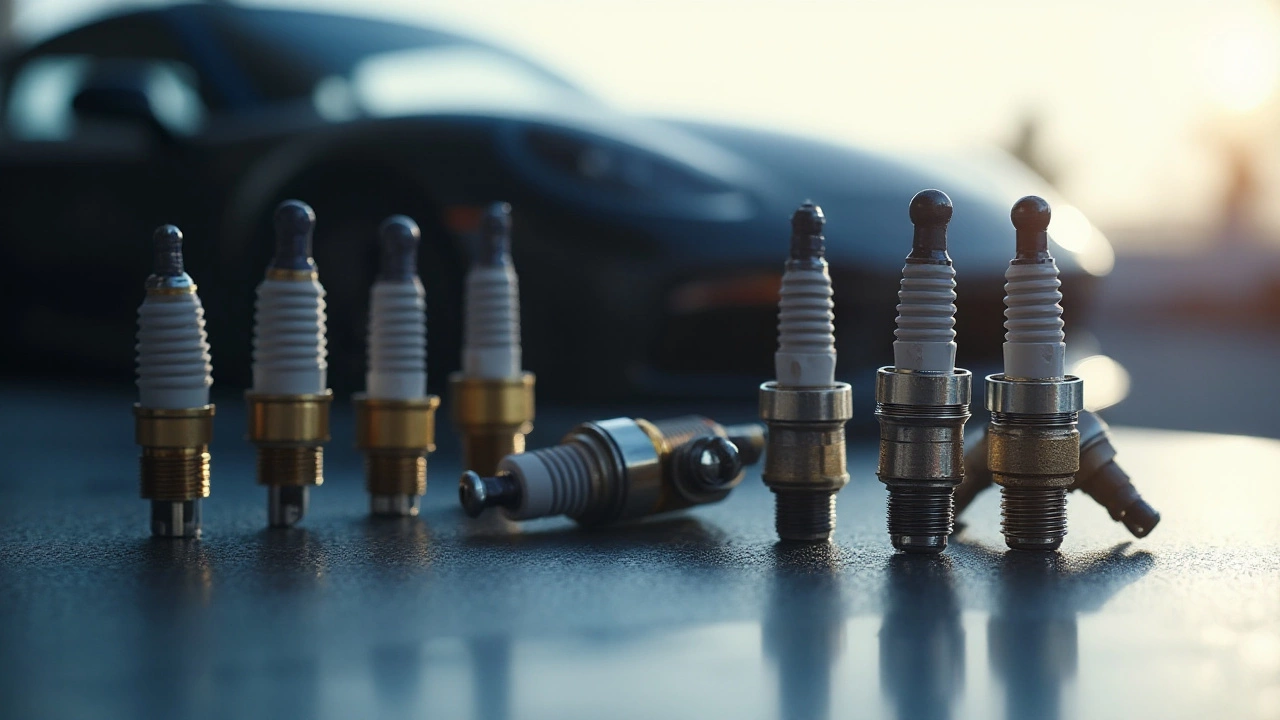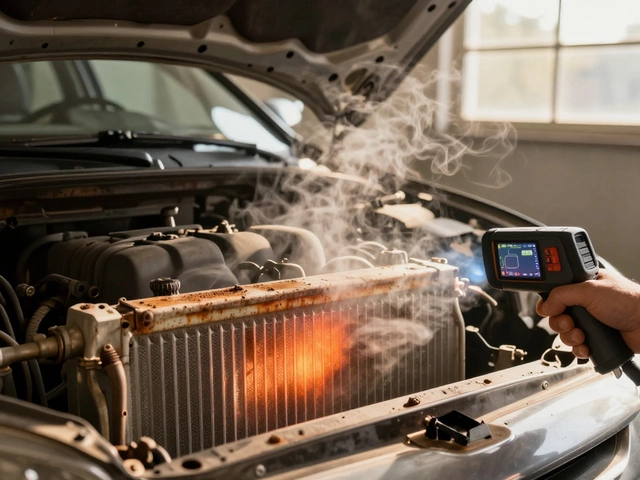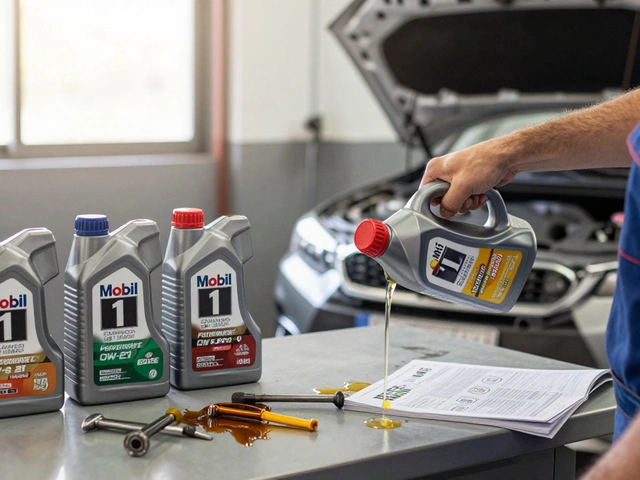Spark Plugs: How They Work and When to Replace Them
Every time you turn the key, a tiny spark lights the fuel‑air mix inside your engine. That spark comes from the spark plug, a small but mighty part that sits in each cylinder. If the plug fires correctly, the engine runs smooth; if not, you’ll feel rough idle, loss of power, or a no‑start situation. Understanding the plug’s job helps you catch problems before they turn into expensive repairs.
Common Signs of Bad Spark Plugs
First off, listen for a misfire. A coughing engine, especially at idle or during acceleration, often points to a plug that’s fouled or worn. Next, check fuel economy. Bad plugs don’t burn fuel efficiently, so you’ll see the gas gauge dropping faster than usual. Rough starts are another clue – if the engine sputters or takes several tries to turn over, a faulty spark plug might be the culprit. Finally, any unusual engine knocking or pinging under load could mean the plug’s heat range is wrong for your driving style.
DIY Spark Plug Replacement
Replacing a spark plug is a quick weekend task if you have the right tools. Grab a socket set with a spark‑plug socket, a torque wrench, and a gap gauge. Start by locating the plugs – most engines have them on the top or side of the engine block, covered by a plastic or metal cap. Disconnect the spark‑plug wire or coil pack, then loosen the plug with the socket. Before installing the new plug, use the gap gauge to set the electrode gap to the manufacturer’s specification; most cars call for 0.6‑0.8 mm.
Hand‑tighten the new plug, then finish with the torque wrench – usually around 13‑20 lb‑ft, but check your manual. Re‑attach the wire or coil, and repeat the process for each cylinder. Once all plugs are installed, start the engine. It should run smoother and idle steadier. If you still notice issues, double‑check the gap and make sure the plugs are fully seated.
Regular maintenance keeps the ignition system healthy. Many experts recommend checking plug condition at every oil change, typically every 5,000‑7,500 miles for copper plugs and up to 30,000 miles for iridium or platinum versions. When you spot carbon buildup, oil fouling, or a cracked insulator, swap the plug out. Using the correct heat range is key – a plug that runs too cool can cause fouling, while one that runs too hot can melt the electrode.
In a nutshell, spark plugs are easy to inspect, easy to replace, and a major factor in engine performance. By watching for the signs, checking the gap, and swapping them on schedule, you’ll keep your car starting reliably and sipping fuel wisely. Got a bad‑spark‑plug story? Share it with us – we love hearing real‑world experiences.

Will Replacing Spark Plugs Make a Noticeable Difference?
Learn how changing spark plugs impacts power, fuel economy, and idle smoothness. Find signs of worn plugs, compare copper, platinum and iridium options, and get step‑by‑step install tips.
CONTINUE READING
How Long Can a Car Go Without Changing Spark Plugs?
Wondering how long you can drive without changing your car's spark plugs? This article breaks down the real mileage you can push before running into trouble, what signs to watch out for, and why skipping this simple bit of maintenance can cost you way more down the line. Get straightforward advice and tips to avoid common spark plug problems. We'll also explain why modern cars can go longer than older models, but still aren't invincible. Discover the exact numbers and tips from the garage so your car—and wallet—don't get burned.
CONTINUE READING
Understanding Spark Plug Lifespan: What You Need to Know
Spark plugs might not be the first thing on your mind when thinking about vehicle upkeep, but their condition can greatly impact your car's performance. Knowing how long a spark plug lasts is crucial, as it varies depending on several factors, from the type of spark plug to your driving habits. In this article, we'll explore the typical lifespan of spark plugs, why they wear out, and tips for extending their life. Get ready to keep your engine running smoothly with practical advice anyone can follow.
CONTINUE READING
How Often Should You Replace Your Car's Spark Plugs for Optimal Performance?
Spark plugs are a vital part of your vehicle, ensuring the engine runs smoothly and efficiently. It's important to understand when and why they need changing to avoid potential engine problems. Frequency of spark plug replacement can vary based on numerous factors such as the type of spark plugs, driving habits, and vehicle maintenance. Regular inspection and timely replacement can significantly enhance engine performance and longevity. This article explores these factors to help car owners maintain their vehicles effectively.
CONTINUE READING












